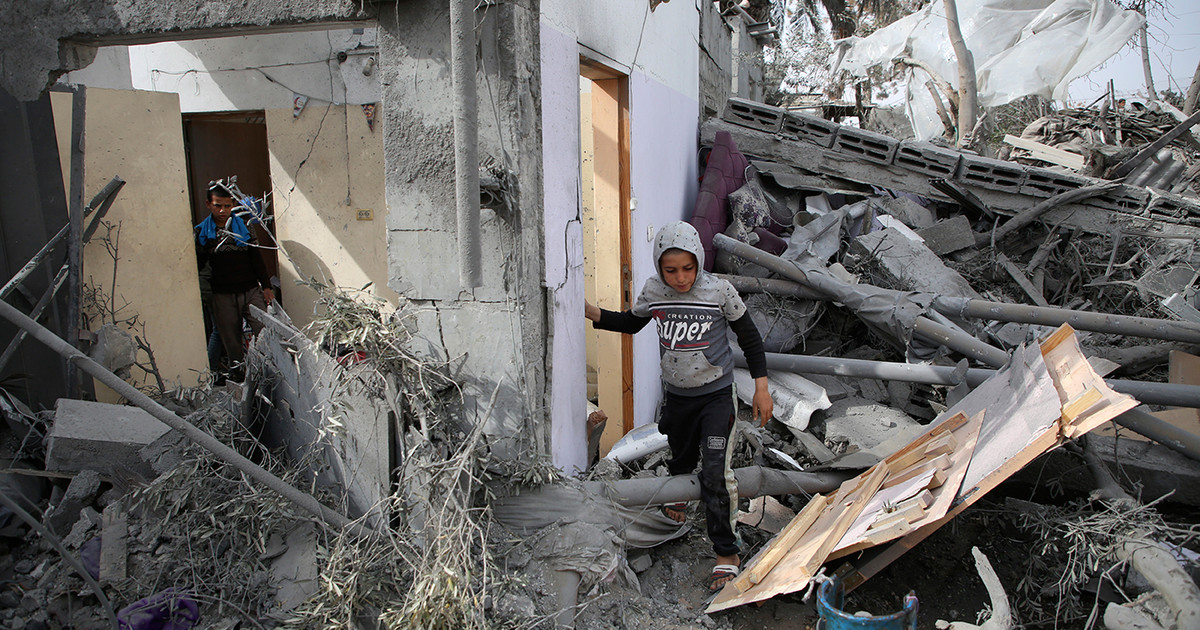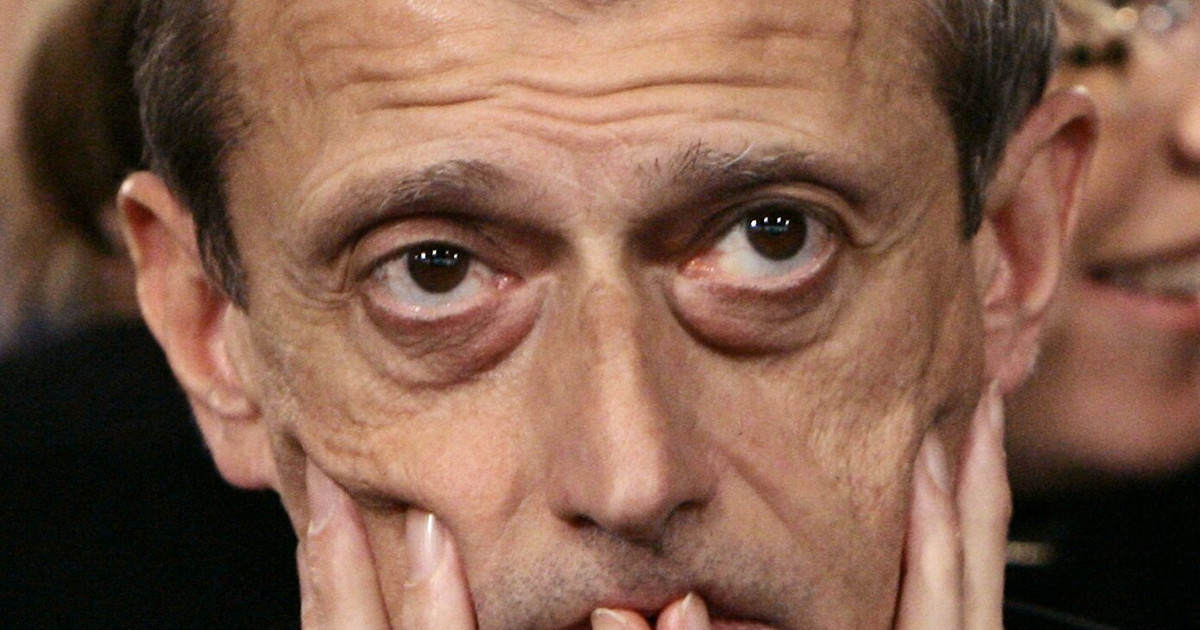There had been a lot of talk about it in recent months and several experiments were known in various parts of the world. Nasal Covid vaccines, to be used as a spray and to be taken independently, without special precautions (but certainly in the right way). Many pharmaceutical companies are working on it and, as it reports The sun 24 hours and previously had also synthesized Scientific American, eight have reached the clinical trial stage. This does not mean that we will soon have as many vaccines against the disease (and who knows if, with greater efficacy than the current ones, even against the infection), but that a good number are being tested. In three cases to stage 3the last, the one that analyzes the effects of products whose safety is already certified on important audiences of volunteers.
Not only would the protection assumed through the nasal tissues and mucous membranes be more complete, but such a vaccine – devoid of stringent need for conservation and storage – it could really change the global evolution of the pandemic. Guiding us towards the rosiest scenario recently delineated byInternational Science Council, which provides for a global vaccination rate of over 70% to allow the economy and social life to really restart, everywhere, avoiding the risks of too violent outbreaks that can again put the health systems of the most fragile countries in serious difficulty.
“We are dealing with a different threat than that of 2020 – he explained to Scientific American Akiko Iwasaki, Yale immunologist who is working on one of these products – if we want to contain the spread of the virus, the only way is to go through mucosal immunity ”.
The purpose of these vaccines is precisely to exploit themucosal immunity, blocking the replication of the virus already in the tissues and cells of the first landing, those of the nose and oral cavity. Solutions of this type would somehow be the vaccine version of the masks: just as with the protective devices we cover the nose and mouth, those vaccines would build a preventive barrier for any infection in the throat, bronchi or, worse, lungs, so as to also prevent any spread to other organs. In addition to the barrier effect, a study by the Americans National Institutes of Health and published on Science Translational Medicine also demonstrated the greater efficacy of nasal vaccines (using AstraZeneca) compared to those by the muscle in the production of immunoglobulin A (IgA), those that intervene in the first phase of the infection and make up the specific response to the infection.
Immunization strategies are also different for nasal sprays, replicating what has been seen with vaccines via the muscle: viral vector, artificially replicated or encapsulated spike proteins, inactivated coronavirus and so on. Except that in some cases, like for Meissa Vaccines And Codagenix (which he developed CoviLiv), the formulas include hundreds of possible variants and therefore promise, theoretically, a greater ability to protect us even against the variants that have already emerged and will emerge. It will be necessary to see how these trials evolve, also with respect to brain safety, but certainly the vaccination perspective will be much richer than in previous years: for example, we could use these products for boosters, as long as we are able to administer them adequately. Even Russia is working on one intranasal version of Sputnik V and formally registered the first such solution in early April (in the photo that opens this article an administration of Sputnik V).
Not only that: scientists still know little about immunity triggered at the level of the mucous membranes. “While the human immune system is a black box, the mucosal immune system is probably the blackest of the black boxes” explained, not surprisingly, the epidemiologist Wayne KoffCEO and founder of Human Vaccines Project, a public-private partnership aimed at accelerating the development of this type of vaccine. What scientists know is to make them proceed with caution.
Covid, the three possible scenarios between now and 2027 according to scholars
Long Covid, still symptoms two years after hospitalization for the first infected
Source: Vanity Fair




